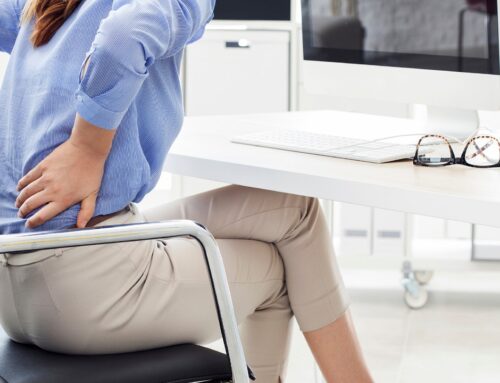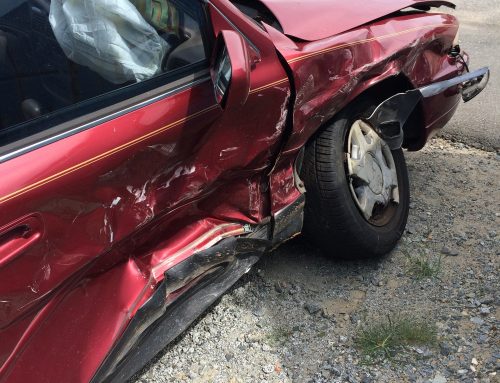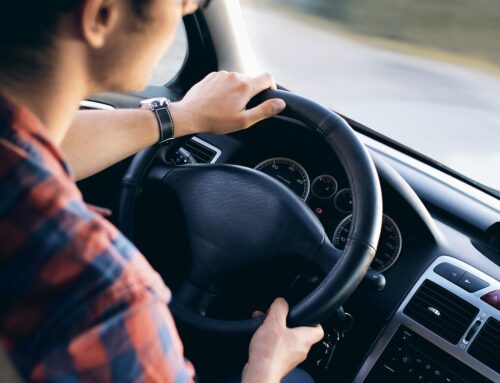After a car accident, you may be confused about how fault and liability will affect your Florida insurance claim and any potential personal injury lawsuit. Even in a no-fault state like Florida, where your own insurance typically covers expenses regardless of who caused the accident, determining fault still matters when costs are high. No-fault insurance policies don’t imply no one is at fault, and today, we will look at common vehicle accidents to see who may be at fault in those instances.

1. Rear-End Collisions
Rear-end collisions are one of the most basic forms of accidents, occurring when one vehicle collides into the rear of another. As you can imagine, rear-end collisions are also very often straightforward when determining fault. In most cases, whoever drove the vehicle that hit the car in front is at fault. This is because drivers on public roads are required to maintain safe following distances and pay attention to traffic conditions. If a driver failed to take precautions that could have prevented the accident from occurring, they are likely at fault.
However, exceptions exist, such as if the leading car suddenly reverses or has malfunctioning brake lights. With an increase in rearview cameras, many drivers who once were blamed for read-end collisions may now be able to fight for the truth.
2. T-Bone Accidents
T-bones are known by the “T” shape formed when the front of one vehicle crashes into the side of another. These accidents frequently occur at intersections, and it isn’t uncommon for high-speed T-bone accidents to lead to death or severe injury.
In a T-bone collision, the driver who fails to yield the right of way is typically at fault. This usually happens when a driver runs a red light, fails to yield, or blows through a stop sign into oncoming traffic. As such, failure to obey traffic signals or signs is a major factor in determining fault for these accidents.
3. Head-On Collisions
Head-on collisions can cause devastating injuries to both parties, as two vehicles hitting each other head-on will carry with them substantial impact forces. These accidents usually happen when a driver crosses the center line or drives the wrong way on a road, with the driver who deviates from their lane typically at fault.
Causes can include distraction, intoxication, or poor road conditions. Head-on collisions often occur on rural roads or during overtaking maneuvers gone wrong. Barring unique circumstances, anyone who maintains their lane and suddenly finds themselves in front of a wrong-way vehicle is never at fault.
4. Sideswipe Accidents
Sideswipe accidents often result in minor to moderate damage, as two cars traveling parallel that collide will typically bounce or scape one another, not resulting in a massive crash. These accidents usually happen when a driver makes an unsafe lane change or drifts out of their lane. The at-fault driver is typically the one who changes lanes without checking their mirror or signaling their intent.
Sideswipe collisions are common in heavy traffic or during merging situations. Ideally, the worst result of a sideswipe is paint or panel damage, but any car struck while moving runs the risk of veering off the side of the road or hitting another vehicle. If multiple vehicles are involved in a crash, fault and liability determinations become much more complicated.
5. Multi-Vehicle Pile-Ups
Multi-vehicle pile-ups involve several vehicles and typically occur on highways or in adverse weather conditions. Determining fault in these accidents can be particularly tricky, as multiple drivers may share responsibility. Often, the initial driver who causes the chain reaction bears significant responsibility. However, other drivers who follow too closely, drive too fast for conditions, or fail to react appropriately can also contribute to the pile-up.
Investigations into these accidents usually consider factors like speed, road conditions, and driver behavior. Actions that would be completely safe in one situation, such as a sunny day, are immediately much more dangerous in a severe storm. Each individual accident will have potentially dozens of factors to consider.
Contacting a Florida Personal Injury Attorney After Your Car Accident
Even though we have provided you with some initial knowledge regarding fault determination in common accident scenarios, every situation is different. Personal injury attorneys can help defend against other parties in the accident accusing you of fault and help prove your side of the story if you decide to proceed with a personal injury lawsuit. Never assume you are at fault for an accident without talking to an attorney with experience securing clients’ compensation based on your vehicle accident injuries.
Through a consultation and meeting, we can provide much greater detail about your options for compensation after a car accident. Contact Probinsky & Cole today to talk to a member of our team and learn how we can help.







